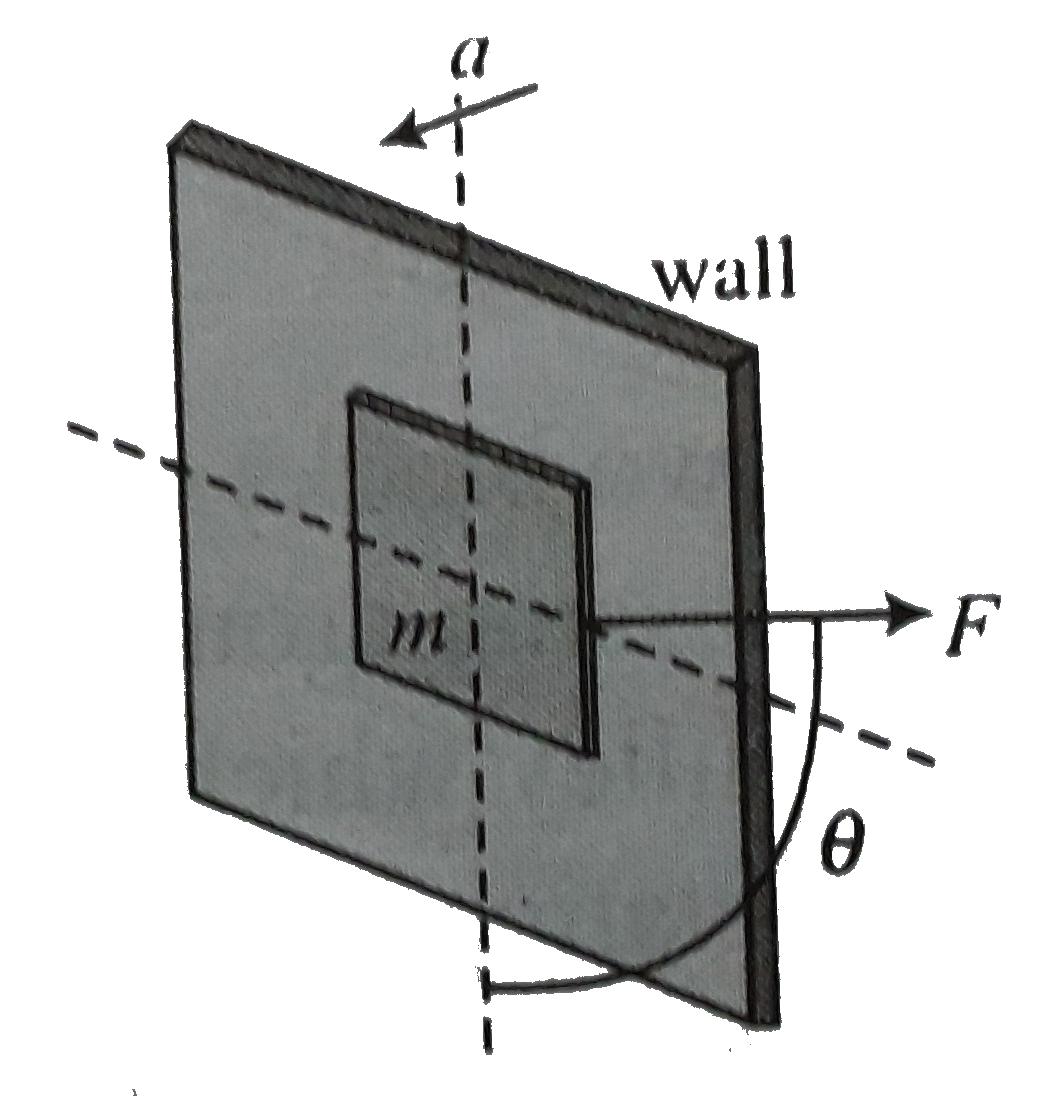An inflated balloon was pressed against a wall after it has been rubbed with a piece of synthetic cloth. It was found that the balloon sticks to the wall. What force might be responsible for the attraction between the balloon and the wall?
The correct Answer is:An inflated balloon when rubbed with a piece of synthetic cloth acquires some charge.
Similar Questions
An inflated balloon was pressed against a wall after it has been rubbed with a piece of synthetic cloth. It was found that the balloon sticks to the wall. What force might be responsible for the attraction between the balloon and the wall ?
View SolutionInflate a balloon and rub it against your dry hair and then gently place it against a wall. The balloon will stick to the wall, why is it so?
View Solution
Knowledge Check
A rectangular block is held against a vertical wall by applying a force of 200N normal to the wall. If the frictional froce just prevents the block from sliding down the wall, what is the mass of the block? (The coefficient of static friction between the block and the wall is 0.49)
A5 kgB7.5 kgC10 kgD15 kg
A block of mass 1kg is pressed against a wall by applying a horizontal force of 10N on the block. If the coefficient of friction between the block and the wall is 0.5 ,magnitude of the frictional force acting on the block is
View SolutionA block of mass 1 kg is pressed against a wall by applying a horizontal force of 10N on the block. If the coefficient of friction between the block and the wall is 0.5, magnitude of the frictional force acting on the block is
View SolutionAn inflated rubber ballon and a woollen cloth are rubbed together. What type of charge is acquired by rubber balloon ?
View SolutionWhy is a balloon filled with air rubbed against hair sticks to the wall when pressed against it?
View SolutionA block of mass m is pressed against a wall which is moving with an acceleration a as shown in figure If the block is pulled at an angle θ with downward vertical by a force F and it does not slide relative to the wall . Find the
a. friction force between the block and wall
b.inimum magnitude of F so as to cayse a relative sliding between the block and wall
View SolutionA block of mass m is pressed against a wall which is moving with an acceleration a as shown in figure If the block is pulled at an angle θ with downward vertical by a force F and it does not slide relative to the wall . Find the
a. friction force between the block and wall
b.inimum magnitude of F so as to cayse a relative sliding between the block and wall
View Solution
In the figure shown, a balloon is pressed against a wall. It is in equilibrium and maximum compressed state.
→F= force of balloon on hand of man, →F2= force of balloon on wall,→F3= friction,→F4= weight of balloon. Which of the following statements are correct:
View Solution
